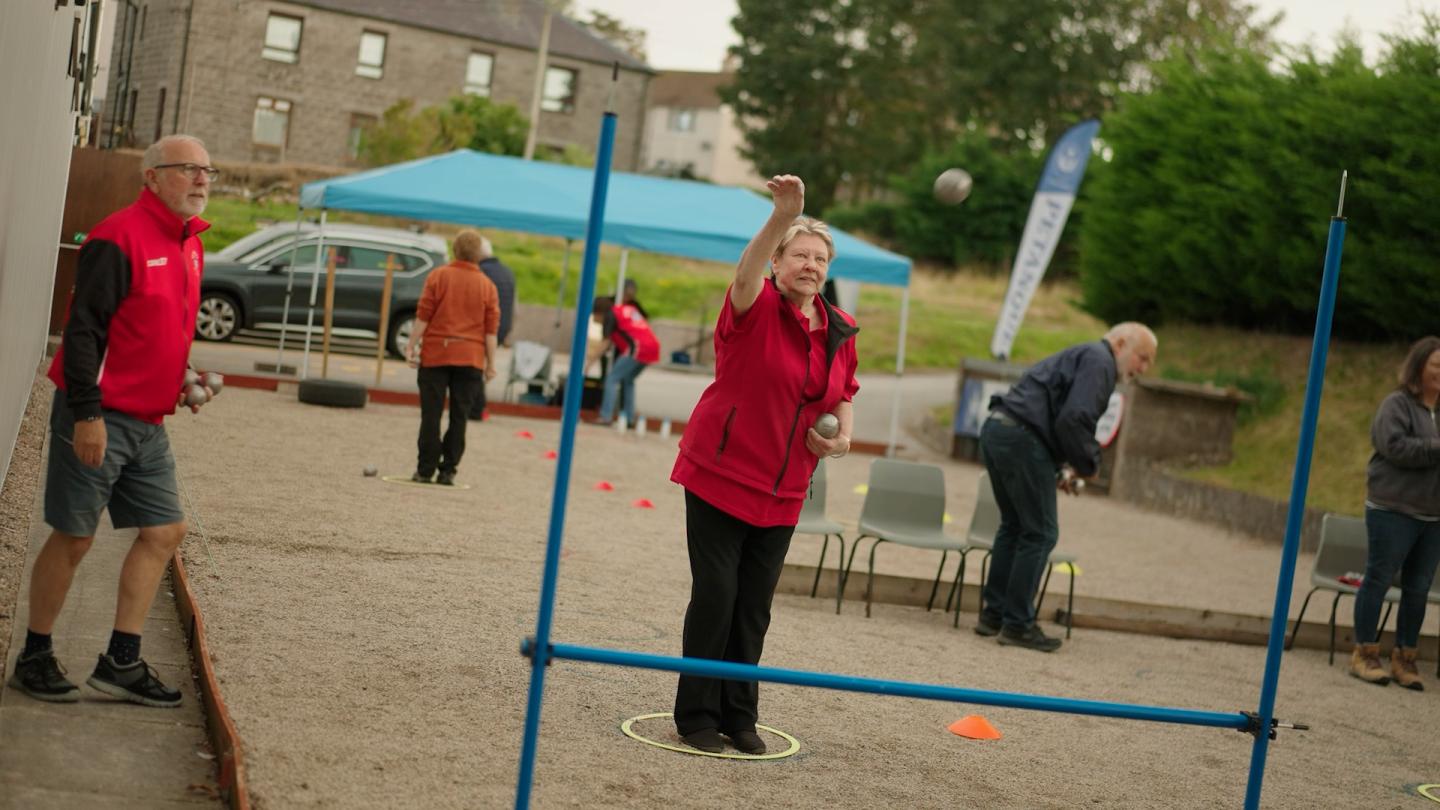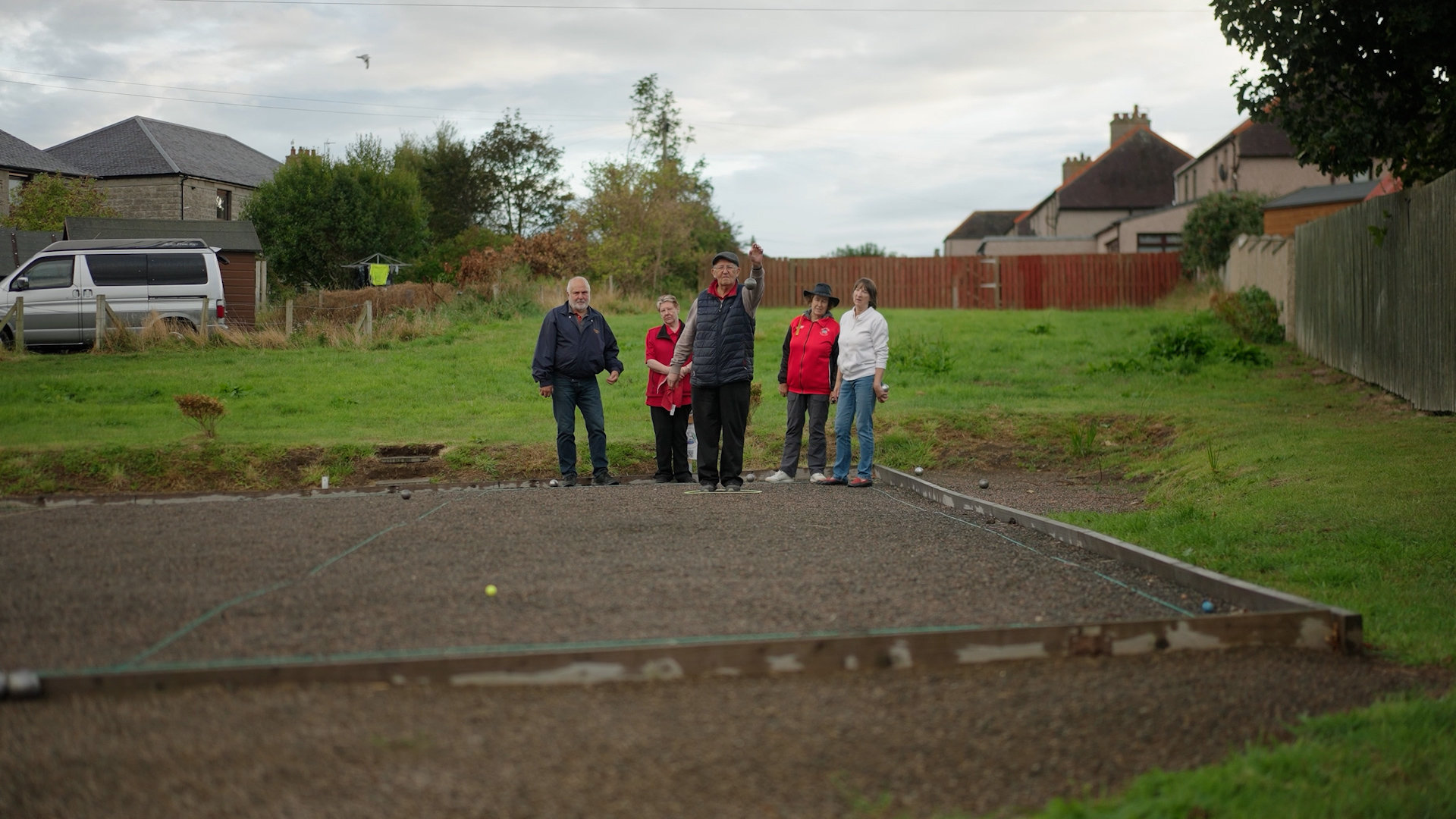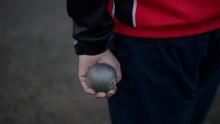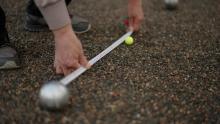A Quick History and Rules of Petanqué

It all started with the game of Jeu Provençal, sometimes called Boule Lyonnaise, created in France during the 18th century (and still one of the more popular French forms of boules) Played individually and in teams, the objective is to throw a set of hollow metal balls as close as possible to a target ball, but did however require a bit of running as part of the game
Pétanque originated in La Ciotat, France, in 1907 when Jules Lenoir, a player with rheumatism, was unable to run for the traditional game.
So his friends changed the rules to a stationary, feet-planted style of play, giving it the name "pieds tanqués" (feet planted), which evolved into "pétanque". This new form of the ancient game of boules, still involves throwing metal balls to get as close as possible to a small target ball (the cochonnet, or jack), spread rapidly, with the Fédération Internationale de Pétanque et Jeu Provençal (FIPJP) being founded in 1958, with World Championships held since 1959.
Petanque was designed from the beginning to be more inclusive.
The rules and equipment
1) What You Need
Pétanque requires very little to get started:
- A set of metal balls called boules
- A smaller wooden target ball called the jack or cochonnet (which charmingly means little piglet)
- A flat gravel or dirt outdoor surface - called a piste
- 15m x 4m for national and international standards.
- 12m x 3m for clubs and recreational competitions.
- Whatever area you can find for a fun game with friends.
Players can compete one-on-one, in pairs, or in triples. In singles and doubles, each player gets three boules. In triples, each player has two.
2) Setting Up the Game
The game begins with a simple toss of the jack. One player stands in a small circle drawn on the ground, roughly 35 to 50 centimeters across, and throws the jack between 6 and 10 meters away. This marks the target for the round.
The same player then throws the first boule, aiming to land it as close as possible to the jack. After that, opponents take turns.
3) The Flow of Play
Here is where strategy kicks in. The team whose boule is farthest from the jack must always play next. This continues until all boules are thrown. Players can either try to place their boule closer to the jack or knock an opponent’s boule away.
When all boules are played, the round ends. Points are tallied based on how many boules a team has closer to the jack than the opponent’s nearest boule.
4) Winning the Game
Each round can bring one or several points. The first team to reach 13 points wins the match. The pace is relaxed, but the competition can be surprisingly fierce.


